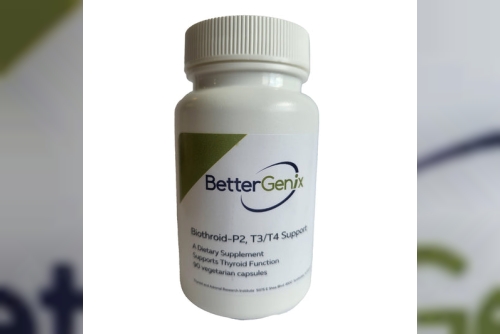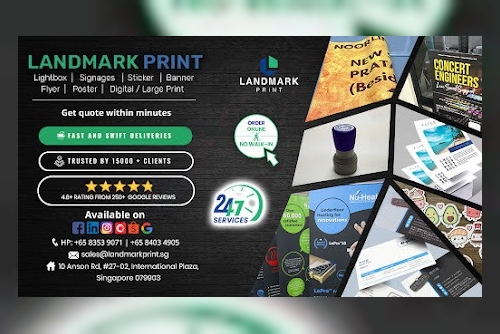The truth about VPATs
For people who are new to VPATs, the term "VPAT" is short form for "voluntary product accessibility template," which is a self-disclosing document that is produced by a vendor or manufacturer of information and communication technology (ICT) products and services and used to evaluate how accessible a particular ICT product or service is according to the established accessibility standards and guidelines: Section 508 standards, Europe and Australia’s EN 301 549 accessibility standards, and the Web Content Accessibility Guidelines (WCAG).
VPAT certification is becoming an accepted norm in the procurement community, but VPATs are a complex issue to deal with and provide many challenges on both the vendor’s and purchaser's parts.
On one hand, the vendor does not want to get too detailed about the deficiencies in his or her products or services, even if the problems are quite small and they are working on them. On the other hand, buyers don’t want to have to do a full-blown VPAT accessibility evaluation of a product or service and simply want to take the provided VPAT report at its face value.
Does VPAT testing really matter?
While having a VPAT report for your ICT products and services significantly demonstrates your commitment to accessibility and sets you apart from your competitors who don’t have the same, questions have been raised regarding the truthfulness of the VPAT testing that forms a critical component of the products’ or services’ VPAT certification.
One company can be quite honest in its VPAT certification by listing the numerous accessibility flaws in their products or services, which others could be dishonest in their product or service appraisal and not list many details so the deficiencies in their products or services seem to be fewer.
This makes it difficult for the procurement officers who receive the VPAT reports to distinguish which of the provided VPAT reports to go for when choosing a more accessible product or service. This dilemma has made many people in the VPAT accessibility space raise concerns about the credibility of the VPAT testing done prior to developing VPAT reports.
It is also obvious that in many instances, vendors who either undertake their internal VPAT certification processes or hire a VPAT consultant who lacks independence during VPAT testing and reporting usually sway the VPAT authors to provide documentation that is antagonistic to their products or services. These are the sad realities that make me believe that VPAT testing is totally overrated.
How to remedy the overrating of VPAT testing
While there are VPAT certification agencies that have credible histories of being reliable in their duty to investigate all features of an ICT product or service and determine how each conforms to the provisions of the relevant standards or guidelines, upcoming VPAT consultancy agencies may be so focused on financial rewards from the vendors and manufacturers who hire them to the extent that they throw their independence to the wind.
Going forward, buyers and procurement officials who receive VPAT reports need to develop some skills to help them interpret the reports and distinguish those that contain credible information obtained through objective VPAT testing from those hell-bent on misleading buyers.
If buyers and procurement officials don’t actually validate and clarify some of the things that VPAT reports state, products and services with many inaccessible features will end up being selected over those with fewer problems.
Probably, to eliminate the mischief that is dogging VPAT testing processes, buyers and procurement officials should promote a component of the VPAT certification process where they take time to validate all the shortlisted VPAT reports prior to selection and awarding of contracts to supply. This could entail using a credible VPAT testing tool or working with a reliable VPAT consultant to carry out a counter-VPAT test on the selected products or services.
Efforts need to be put in place to promote the commitment from both the vendors and buyers to do their part toward ensuring that the importance of VPAT testing is not eroded due to a lack of truthfulness in the process.
Vendors need to commit to being truthful, and the buyers need to agree to do their due diligence in assessing a product or service for its accessibility, so that truthful businesses do not get bypassed in business deals with those who undertake fraudulent VPAT testing.
Need help validating the VPAT testing for a product or service?
If you’re an ICT product or service buyer or procurement official who needs help validating the truthfulness of a VPAT report, ADACP can help. Get Quick VPAT Testing Today to learn whether the VPAT report provided to you is reliable. We’ll provide you free consultations.












